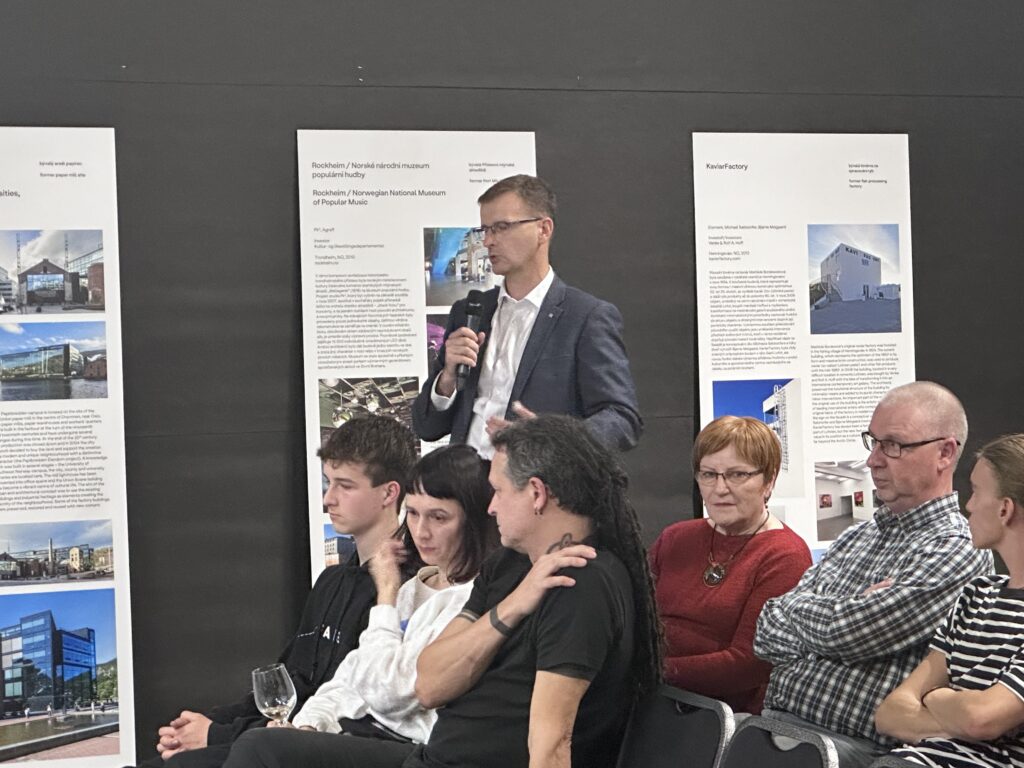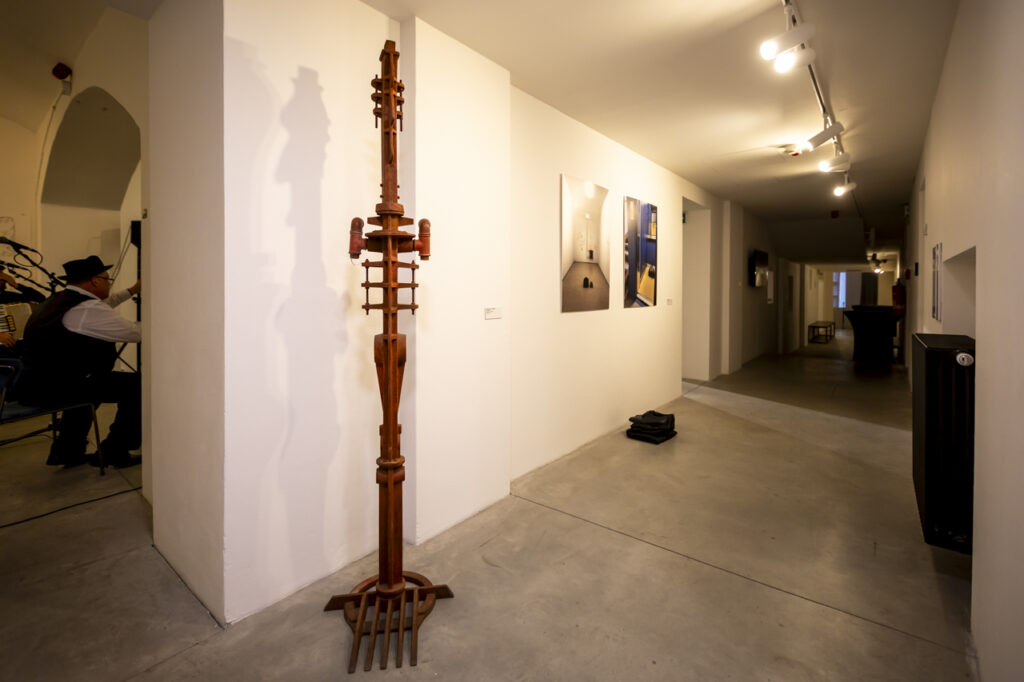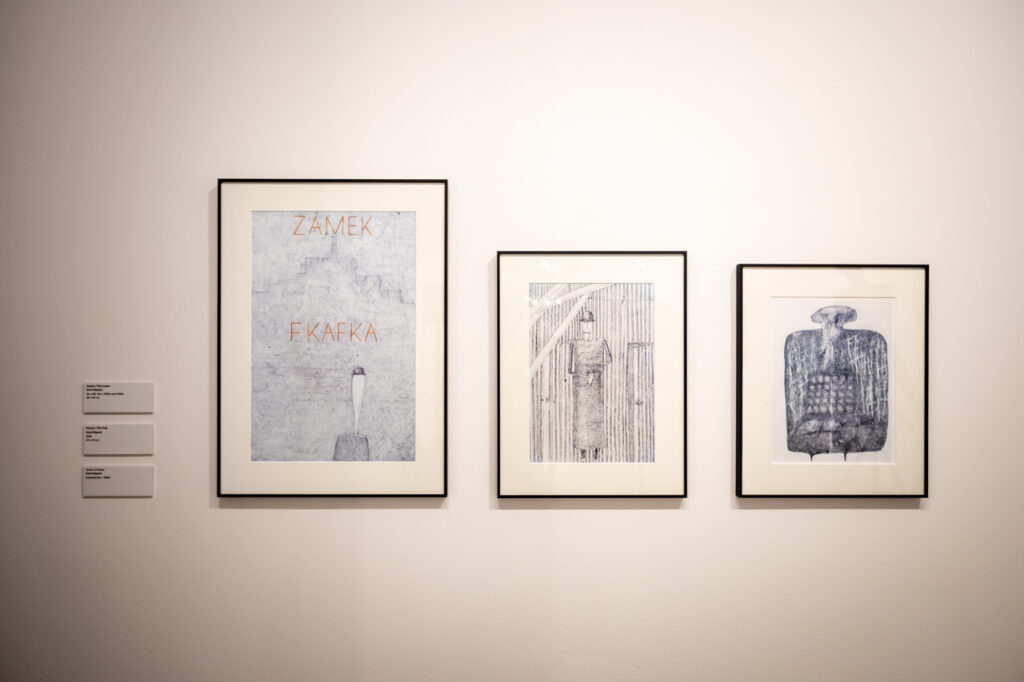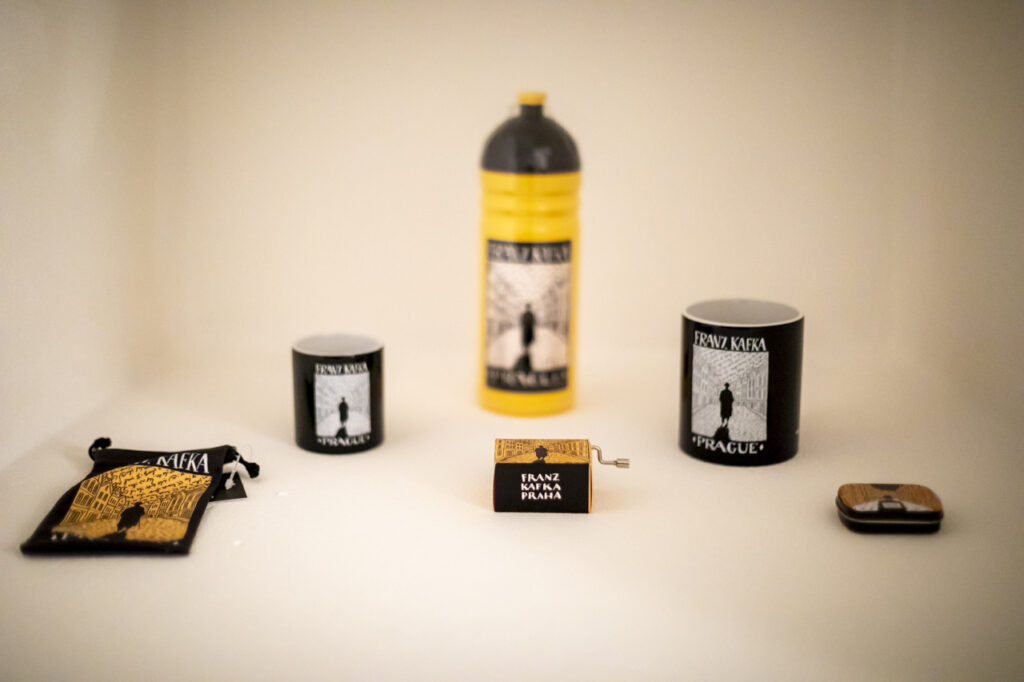contemporary Czech and Prague architecture
10th December 2024 to 26th January 2025


contemporary Czech and Prague architecture
10th December 2024 to 26th January 2025


conversion of industrial areas into cultural and social clusters
Reprise of the exhibition
1.–30. November
Brillovka corridors, Bezručova 211, Rožnov pod Radhoštěm
The opening of the exhibition and a debate will take place on Friday, 1 November at 6 pm in the Brillovka Hall.
Opening speech: curator of the exhibition Dan Merta
After the opening of the exhibition there will be a debate with the speakers:
Dan Merta – author of the exhibition, founder of ARCHITECTURA.cz
Richard Vodička – curator and theoretician of art, design and architecture loosely connected with the educational and exhibition platform Pole designu / EGOÉ
Karel Janča – architect, author of the conversion of the Brillovka building
curator/ Dan Merta
An exhibition dedicated to more than 40 examples of successful conversions of industrial architecture into cultural centres.
Prague Holešovická tržnice, Kunsthalle Praha, La Fabrika, Forum Karlín, Centrum současného umění DOX, Pragovka Art District ČR Lower Vítkovice, 14|15 Bata Institute, Automatické mlýny Pardubice, DEPO2015, Coal Mill and Boiler House in Libčice nad Vltavou, EPo1, Brillovka, Wannieck Gallery, Field of Design Bílovice, The Distillery, PLATO Ostrava, Moving Station Plzeň, Procházka Factory in Humpolec, Jabloneček Campus, Centre for Building Heritage Plasy Norway Kistefos Museum, Papirbredden Campus in Drammen, Rockheim Museum, Area along the Aker River in Oslo, Kaviar Gallery, Kunstsilo Kristiansand, Bomuldsfabriken Kunsthall Arendaal Island Reykjavik Art Museum Hafnarhús, Marshall House Europe Pfefferberg Campus Berlin, Matadero Madrid, Tour and Taxis (Gare Maritime) Brussels, Tate Mode






18th Septembre to 20th Octobre 2024
Point Gallery, Franz Kafka squre, Prague 1
Opening: 17th of Septembre 2024, 7pm
curator/Dan Merta
authors/
Eugen Brikcius
Veronika Bromová
Jiří David
Milena Dopitová
Martin Falář
Michaela Filingerová
Roman Franta
Karel Hladík
Aleš Hnízdil
Jasanský Polák
Ivan Kafka
Vladimír Kokolia
Jiří Kovanda
Adéla Marešová
Barbora Nahálková
Karel Nepraš
Jaroslav Prokeš
Rafani
Beata Rážová
Jan Šerých
Ondřej Karel Šimánek
Prague Idiots
Marek Vašut
Petra Vlachynská
Jiří Votruba
Filip Zeman
project support/
Ministry of Culture of the Czech Republic, State Culture Fund, City of Prague, Prague 1 Municipal District
media partners/ Přítomnost, Radio1, Artmap, Kafka 2024

































Reprise of the exhibition, Bílovice u Uherského Hradiště
Opening: 20th June 2024








18 June 2024 to 29 Septembre 2024, Žižkov Freight Station
Presentation of semester works of Tsikoliya-Janků studio/Archip Praha/ on Prague morphology terrain.
31st May to 9th June 2024
Student exhibition of Faculty of Art and Architecture TUL
Opening: 30th May 2024, 6pm
Point Cafe & gallery, Franz Kafka square 24/3. 110 00, Prague 1.

Travelling exhibition of the Salon of Timber Buildings with excursion and debate
Opening on 19 October 2023 / 5 pm
Afternoon excursion to local wood buildings from 12 pm!
Expert debate with the participation of Kamil Mrva (architect), Vojtěch Dorňák (owner of Klouboucká lesní), Pavel Horák (architect and managing director of Prodesi/Domesi) and Radek Hegmon (chief designer and owner of Egoé).
The Salon of Timber Buildings with the production support of the Pole designu (Field of Design platform) is organizing an architectural exhibition called Timber Buildings on Timber Building, which will present 39 selected timber buildings to the public, with an emphasis on the Czech and Slovak architectural scene. The intention of the event is to bring to light the accessibility, utility and aesthetic value of this type of construction, and to show the advantages and prospects of timber buildings as a sustainable form of construction in the field of individual residential, public, commercial and multi-storey buildings.
Among the studios presented at the exhibition, are:
Fránek Architekt, Aulík Fišer architects, Kamil Mrva Architects, Atelier 111 architects, OBJEKTOR ARCHITEKTI, Prodesi/Domesi, Ateliér VAN JARINA, Kubis architects, Createrra, MVArchitektura, MOLO Architects, Archcon atelier, GRAU Architects, DDAANN architects, AEIOU, Třiarchitekti, Archteam, Stempel & Tesař architects, Studio Ark, Modulora and others.
The exhibition will be open to the public until January 2, 2024 at the Egoé premises, roof of building F, Bílovice no. 519.

Reprise of the exhibition
24 June – 30 September 2023, Lipnice State Castle, Lipnice nad Sázavou
Accompanying programme:
5 June opening
5 June Expert debate (Libor Honzárek, Luděk Rýzner, Marek Hanzlík, Jiří Neubert)
The Dialogues in Time exhibition is, to some extent, the continuation of the first successful presentation of the exhibition New in the Old, held ten years ago. The theme of contemporary architecture in historical environments is often presented as a conflict between architects and conservationists. Unfortunately, this simplification is very misleading and in a way prevents both sides from engaging in a meaningful dialogue. The potential conflict is not one between the new and the old, but between quality and low quality. Architecture is an endless story that cannot be interrupted or even closed. However, just as it is senseless not to allow new architecture into a historic city, neither can architects be freed of their responsibility towards the city. The only way to find meaningful solutions is through open dialogue.

Reprise of the exhibition
16 March – 21 May 2023, Czech Centre Paris
Program: https://paris.czechcentres.cz/program/z-galerie-ven-umeni-v-ceskem-verejnem-prostoru
Public space and art have one common objective – they serve communication.
The city provides a public space for physical movement, walking, transport,
but also for meeting and establishing social contacts, it is a place of
expressed and tacit communication between people. Artworks displayed
in the open air play an important role in shaping this public space of
communication. They address passing viewers, recall a common past of the
community and thus reinforce the identity of the place, or, on the contrary,
stimulate public debate with provocative new topics. But they communicate
not only with the people, but also with the surrounding buildings and the
physical space of the city, which they give important accents to,
raising its aesthetic level.
These two roles of artworks in public space are the axis of this exhibition.
We were curious how artworks bring themes of public interest into the
public space and how they complete the physical face of the city, whether
in the form of permanent objects, temporary artistic interventions, outdoor
galleries, or sculpture festivals. In 4 sections a total of 61 artworks created
after 1989 are presented, a short historical introduction recalls the earlier
period from the 1960s onwards. The exhibition does not shy away from works
that have caused controversy for various reasons.
